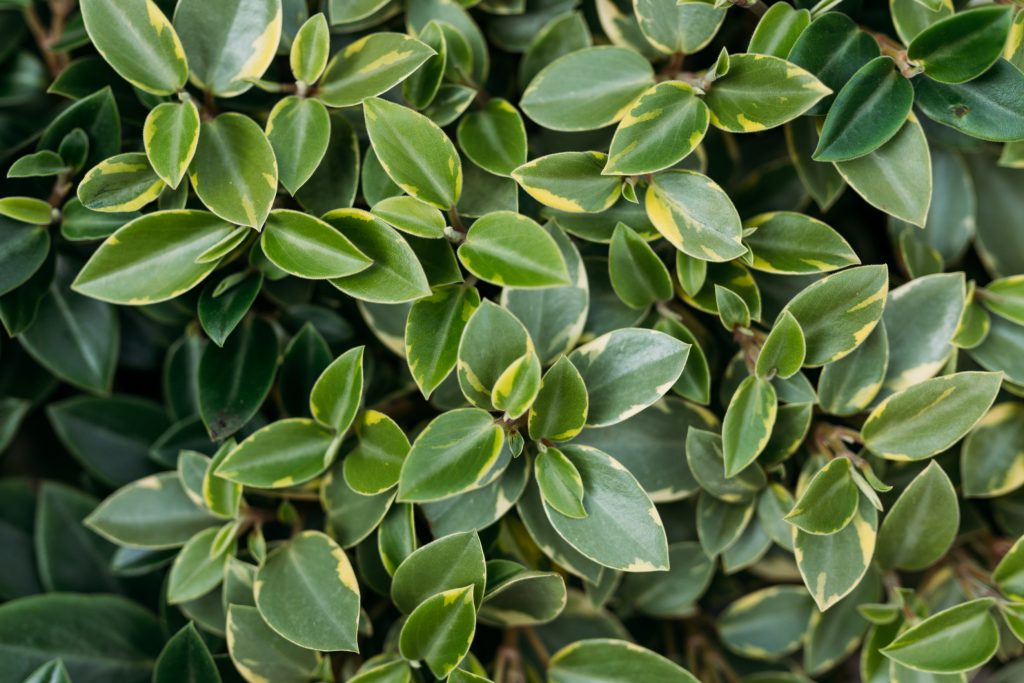Peperomias, also known as radiator plants, are native to the tropical and subtropical regions of Central and South America. They tolerate a good range of growing conditions and stay compact, making them a great option for beginners. With over 1,000 species, they are one of two large genera of the family Piperaceae. While the foliage share relatively similar characteristics, they come in different colors, textures, and patterns. Some have fleshy, stout stems, while others have thin stems. Peperomia leaves range from heart/oval shaped to almond shaped, and display a variety of textures and patterns. Flowers grow in the form of small cordlike spikes. Peperomia are non-toxic, making them safe to have in your home for both humans and animals.
Peperomias prefer bright indirect light, but can tolerate medium to low light conditions.
Water with filtered or rain water when soil is 50%- 75% dry.
They do best in a temperature range between 60-80°F, with humidity ranging from 40%-55%
Peperomia can be propagated through stem and leaf cuttings- simply place in water or in damp soil in a sunny place.
This is most likely due to underwatering. Ensure soil is fully saturated, and adjust the watering schedule as needed.
This is most likely due to infectious leaf spot diseases. Isolate the infected plant and prune away all diseased portions.
Peperomias put a lot of energy into blooming, but keeping flowers may affect the lushness of your plant’s foliage.
